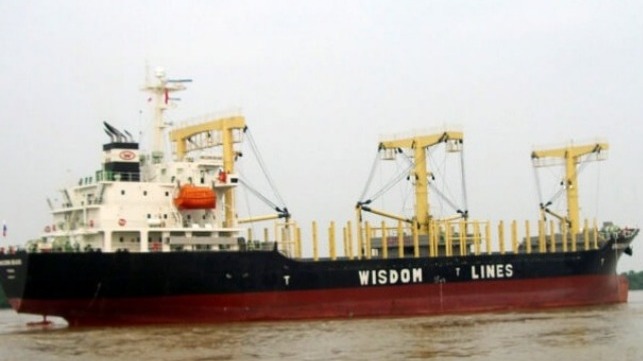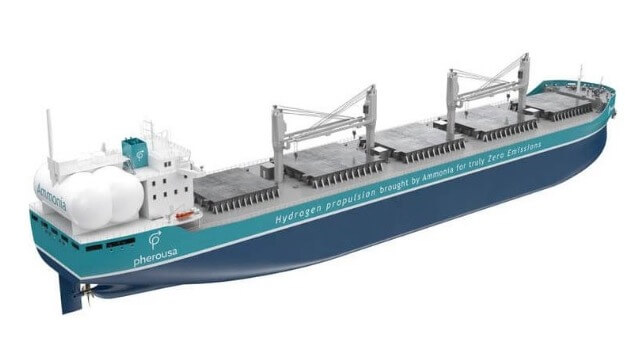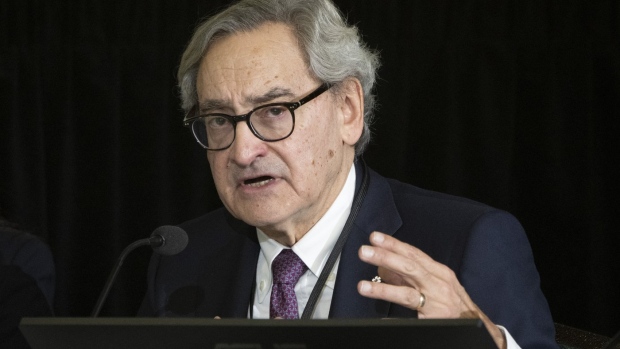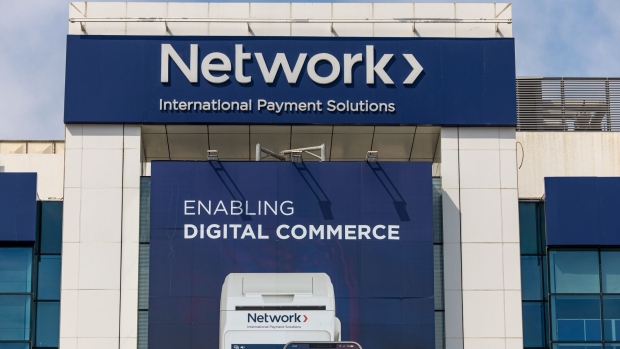“Plethora of Deficiencies” Gets Bulker 90-Day Ban from Australia

The Australian Maritime Safety Authority (AMSA) banned the Panama-flagged bulk carrier for 90 days reporting that it had found a “plethora of detainable deficiencies” after a recent inspection that also resulted in a detention. According to the safety organization the vessel was identified to be a “high-risk ship,” based on AMSA’s experience with the ship’s management company.
“The Babuza Wisdom is operated by poor-performing operator Well Shipmanagment & Maritime Consultant Company. The operator’s run-ins with safety regulators in recent years have earned its fleet a detention rate which is more than five times the average for ships visiting Australian waters,” AMSA reports.
The vessel is an 18,969 dwt Small Handy built in 2009 according to operator Wisdom Marine Group of Taiwan. AIS data shows that it arrived from South Africa in Geelong, Australia on May 17 and spent eight days in port. It is currently docked in Newcastle, Australia.
According to AMSA, given the operator’s poor performance history and repeated warnings over other ships in its fleet that have been detained in recent years, the Babuza Wisdom was identified for a safety inspection upon its arrival. Since September 2022, all the company’s ships are eligible for inspection every three months as part of ongoing compliance activities. ASMA reports it will review the performance of Well Shipmangement & Marine Consultants Co. again after September 2023.
“We have repeatedly warned Well Shipmanagement & Maritime Consultant Company to ensure its ships meet the minimum international standards, and yet what we have seen is continued systemic failings which place the safety of seafarers and our environment at unacceptable risk,” said AMSA Executive Director of Operations Michael Drake.
The inspection of the bulker revealed a defective rescue boat engine, defective reserve batteries for MF and HF radio systems, and systemic maintenance and reporting failures within the implemented safety management system onboard according to the report from AMSA. The Babuza Wisdom was immediately detained when AMSA deemed the ship a “significant risk to safety and the environment.”
According to Drake, the defective rescue boat engine critically compromised the ship’s ability to respond to an emergency and on its own was cause for detention. Compounding it were the problems with MF and HF radio systems which he said means the ship had no radio backup if it lost main engine power, which he said “is a feasible scenario given its maintenance and reporting failures.”
The vessel previously was detained in Canada in November 2021 for five days after inspectors found 19 deficiencies. They reported that nine of the issues were grounds for detention, including damage to the inflatable liferafts, insufficient pressure on the emergency fire pump, and problems with the fire doors and emergency lighting. Issues were also identified with the vessel’s steering gear.
The Babuza Wisdom is the third vessel this year on which AMSA has issued a ban. A total of 18 shipping companies also have outstanding warnings from AMSA, including MSC Shipmanagement, Maersk (Safmarine), Hoegh Autoliners, COSCO Wallem Ship Management, and V Ships Shanghai. Approximately 30 ships are on the “refusal of access” list which dates back a decade.





